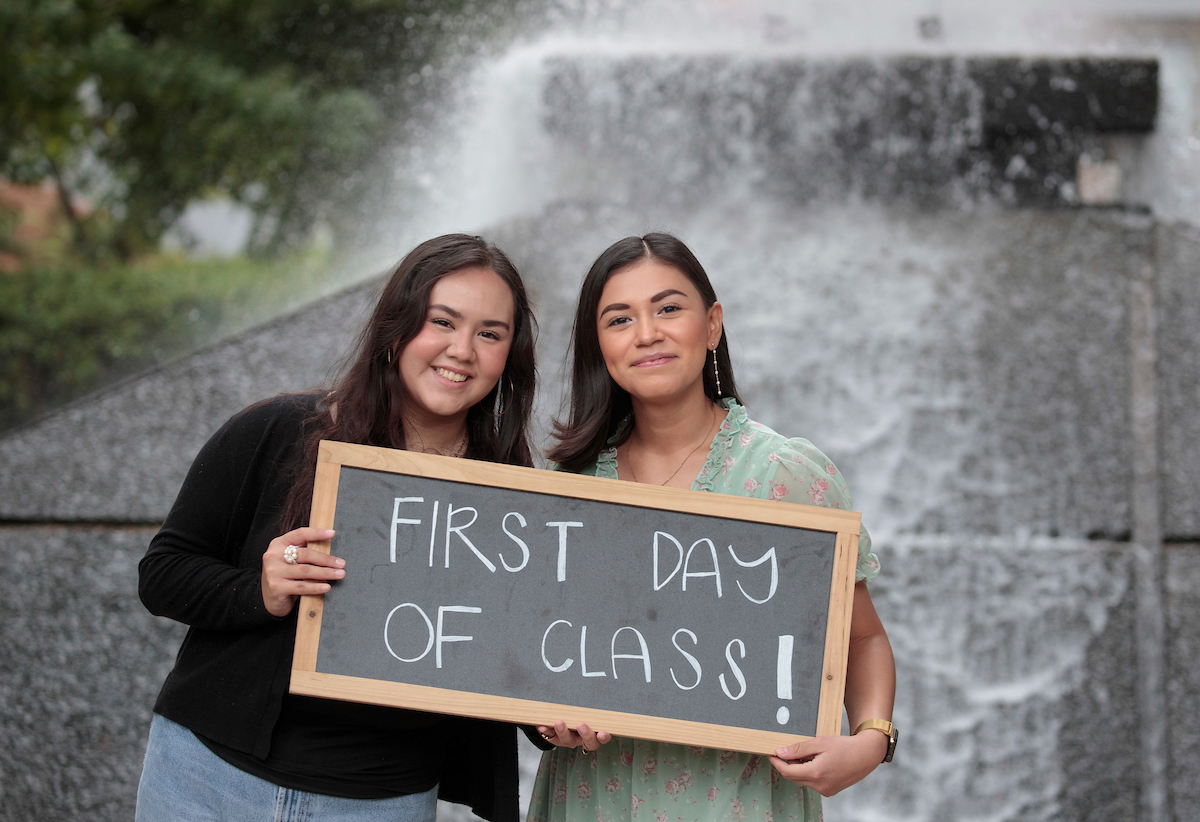UA Little Rock Creates Four New Schools to Increase Student Success
The University of Arkansas at Little Rock has created four new schools to better serve students and meet the needs of Arkansas’s capital city.
The academic reorganization combines the leadership and academic programs of several smaller departments into schools that better align with the university’s mission of supporting student success, teaching, collaboration, and research opportunities.
The combination of the academic programs into four new schools will improve administrative efficiency and encourage constructive interdisciplinary collaboration in teaching and research among involved faculty. The new schools began operation on July 1, and each school will be headed by a director that will be selected by an academic search committee.
The new schools include the School of Engineering and Engineering Technology and the School of Physical Sciences in the Donaghey College of Science, Technology, Engineering, and Mathematics (STEM) as well as the School of Literary and Performing Arts and the School of Human Inquiry in the College of Humanities, Arts, Social Studies, and Education (CHASSE).
The School of Engineering and Engineering Technology brings together the departments of systems engineering and engineering technology. The school will include the university’s programs in electronics and computer engineering technology, mechanical engineering technology, mechanical engineering, and electrical and computer engineering. Dr. Srikanth Pidugu, professor of mechanical engineering technology, is serving as interim director of the school.
The School of Physical Sciences joins the departments of chemistry, physics and astronomy, and Earth Sciences. The new school will include the bachelor’s degree programs in chemistry, geology, physics, as well as minors in astronomy, chemistry, environmental geology, geology, and physics. Dr. Tansel Karabacak, professor of physics and former chair of the Department of Physics and Astronomy, is the interim director of the school.
“To better serve our students, we have reconfigured smaller departments into a school model. This model allows us to modify positions to focus on our programs and ensure that student needs are met,” said Dr. Lawrence Whitman, dean of the Donaghey College of STEM. “The new associate dean is focused on the pre-health programs and lab and classroom improvement. The program coordinators are available to ensure student needs are addressed in a timely manner. The new structure improves our efficiency and ability to serve students.”
The School of Literary and Performing Arts combines the Department of Theatre and Dance, the Department of English, and the Department of Music. Dr Kris McAbee, associate professor of English, and Stacy Pendergraft, associate professor of actor training, are serving as interim co-directors of the School of Literary and Performing Arts.
The School of Human Inquiry will combine the Department of Philosophy and Interdisciplinary Studies and the Department of Sociology and Anthropology into one academic unit. The school also includes the religious study and gender study minor programs. Dr. Michael Norton, the former chair of the Department of Philosophy and Interdisciplinary Studies and a professor of philosophy, is serving as the interim director.
“These new schools allow for greater interdisciplinary collaboration that will benefit students and our community,” said Dr. Sarah Beth Estes, dean of CHASSE. “The programs in the School of Human Inquiry help us visualize and analyze culture and ourselves. Programs in the School of Literary and Performing Arts invite us to experience the human condition through the arts. In this way, both schools help us make sense of and engage in our communities, both large and small. I am impressed and inspired by the school directors and program faculty who are everyday creating new opportunities for students and other stakeholders, and I look forward to sharing school innovations as they emerge.”
